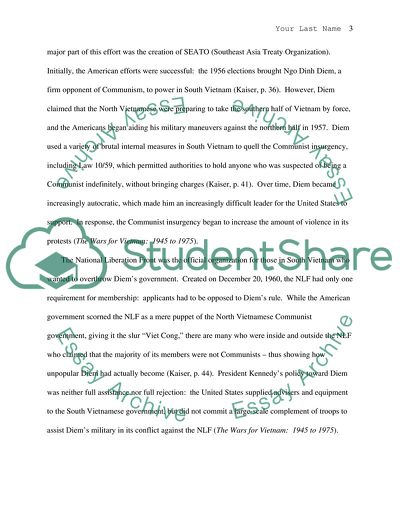Cite this document
(Crisis of Confidence: The American Military Failure in Vietnam Essay, n.d.)
Crisis of Confidence: The American Military Failure in Vietnam Essay. https://studentshare.org/politics/1705016-history-why-did-the-usa-fail-to-defeat-north-vietnam
Crisis of Confidence: The American Military Failure in Vietnam Essay. https://studentshare.org/politics/1705016-history-why-did-the-usa-fail-to-defeat-north-vietnam
(Crisis of Confidence: The American Military Failure in Vietnam Essay)
Crisis of Confidence: The American Military Failure in Vietnam Essay. https://studentshare.org/politics/1705016-history-why-did-the-usa-fail-to-defeat-north-vietnam.
Crisis of Confidence: The American Military Failure in Vietnam Essay. https://studentshare.org/politics/1705016-history-why-did-the-usa-fail-to-defeat-north-vietnam.
“Crisis of Confidence: The American Military Failure in Vietnam Essay”. https://studentshare.org/politics/1705016-history-why-did-the-usa-fail-to-defeat-north-vietnam.


